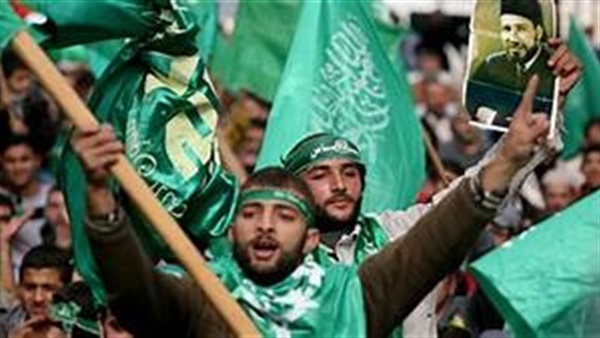New book reveals truth about Brotherhood’s project in Western countries

In a book entitled “The Closed Circle: Joining and Leaving the Muslim Brotherhood in the West”, the Trends Research and Advisory Center sheds light on the reality of the Brotherhood project from a Western point of view and addresses an aspect that academics have not previously exposed with enough research related to the experience of dissent from the Brotherhood in the West through a series of interviews conducted by the author with prominent former members of the group in Europe, the United Kingdom, and North America, in which he sheds light on the motives for their joining Brotherhood organizations in the West affiliated with the international organization and the reasons that led them to separate from it.
The book was published by Columbia University Press in March
2020 and was written by Lorenzo Vidino, Director of the Extremism Studies
Program at George Washington University and an Italian academic and security
expert specializing in Islamism and political violence.
According to the center, the book explains the reasons for
the growing concern in Western countries about the activities and practices of
the Brotherhood on their lands in recent times.
In the first section, the book deals with the basic
characteristics of the Brotherhood, the groups emerging from it, and the
organizations affected by it, as the Brotherhood is divided in the West into
three different segments on the ground. The first are the pure Brotherhood
organizations, which are secret, undeclared networks that were established in
the West by Middle Eastern branches and the first immigrants who established in
every western country organizations similar to the mother organization in Egypt.
These sub-organizations depend on ideological indoctrination and the payment of
membership fees, and there is an elected leadership that manages its activities
and supervises social and charitable activities. The Western Brotherhood kept these
organizations secret and denies their existence, but they form the cornerstone
of the Brotherhood system in the West.
The second are the organizations born from the womb of the
Brotherhood, which are overt organizations founded by individuals who belong to
the group, but these organizations deny any relationship with the Brotherhood
and carry out a wide range of social, cultural and service activities.
The third are the organizations affected by the Brotherhood.
They adopt the ideology of the group, but they do not have clear practical
links with the Brotherhood organization, although there are clear fingerprints
from the mother group. Western Brotherhood organizations from the third group
may include non-Muslim members.
The book indicates that Brotherhood organizations in the
West follow the principle of secrecy and precaution, going so far as to deny
their association with the Brotherhood.
In the second section, the book adds that the Brotherhood
branches in the West share several features, the first of which is that they
receive generous funding. The second is that they want to monopolize speaking
in the name of the Islamic religion. The third feature is attempting to
influence the making of Western policy towards all issues related to Muslims.
The book also explains the tactics used by the Brotherhood
to recruit new elements and the method of retaining them, as the methods of
polarization and the tactics of joining and pledging allegiance to the
Brotherhood are similar in Egypt and the West, as the period of observation and
nomination begins in seminars, lectures, and conferences, and then comes the
pledge of allegiance.
There is a great similarity between the Brotherhood groups
in the Arab countries and their counterparts in the West in terms of the organizational
structure and patterns of behavior and life within the group in general, and at
the same time the Brotherhood succeeded in exploiting the climate of openness
and freedoms in the West to spread their ideologies. They also turned mosques
in Western universities into tools for recruitment and places for their
meetings, and then they moved on to publishing magazines and organizing
lectures to enhance their presence and penetration.
The book states that there are many Brotherhood leaders and
elements in the West of different nationalities and from different generations.
They are united by the fact that at the beginning of their accession to the
group, they were active and effective, but in practice they discovered many
negatives in managing the group’s affairs, the predominance of personalization
and the absence of democracy. The ambiguity of the Brotherhood’s position on
many issues forced them to defect from it, and the book explains that the information
disclosed by former members of the international organization of the
Brotherhood should be a warning and enlightenment for everyone who believes
that the Brotherhood is moderate or that they are a wall against extremism or
that they are truly committed to the principle of pluralism and democracy.





